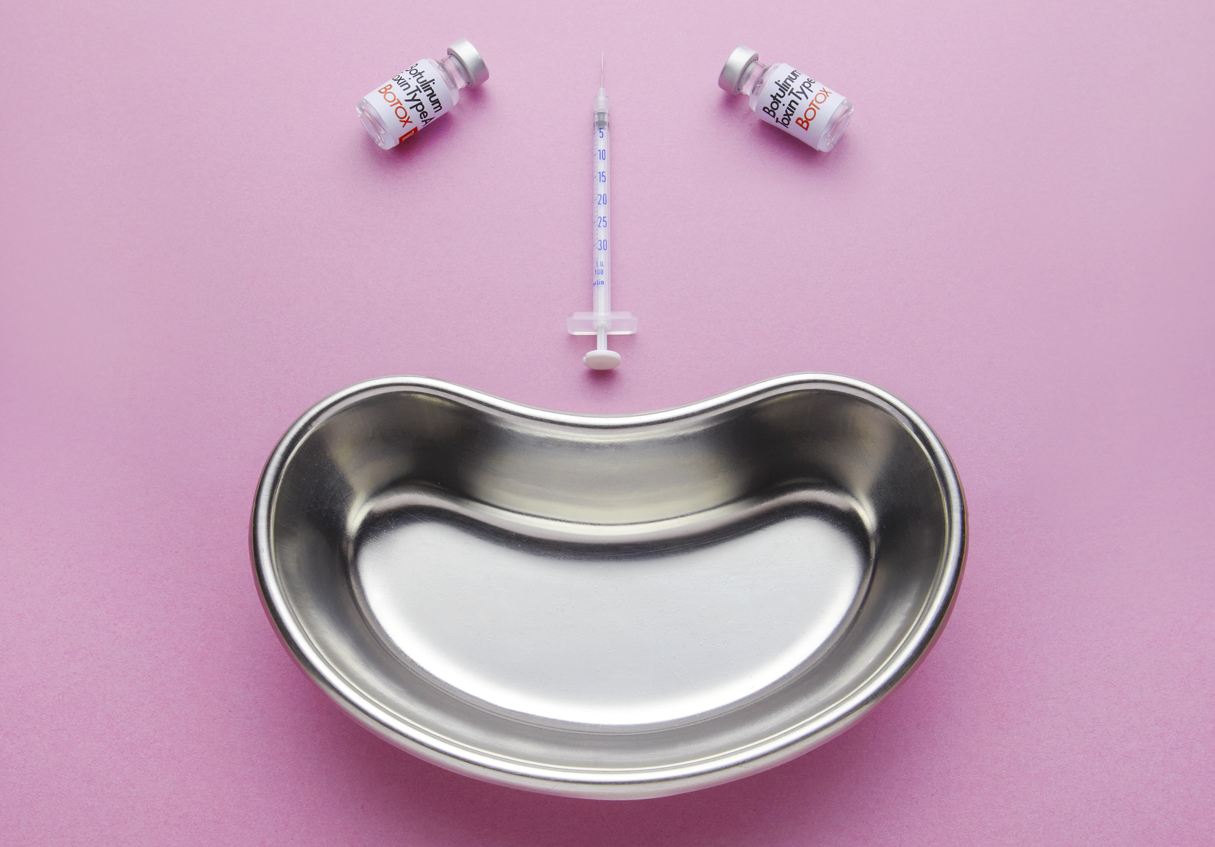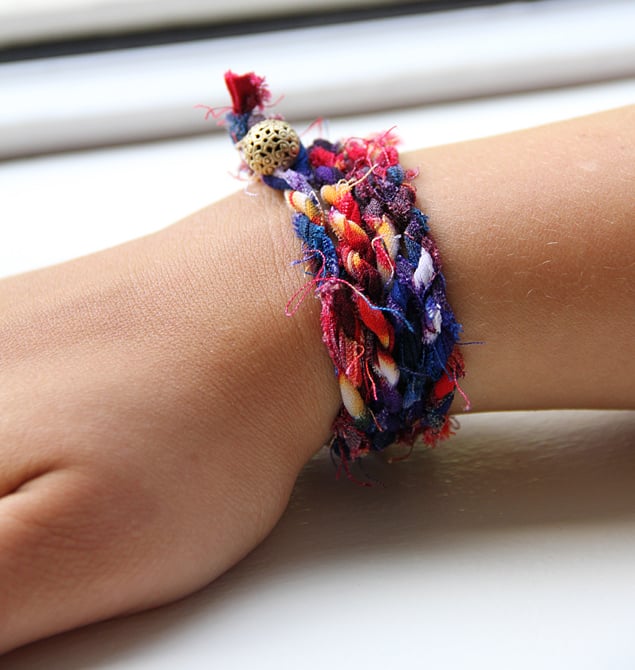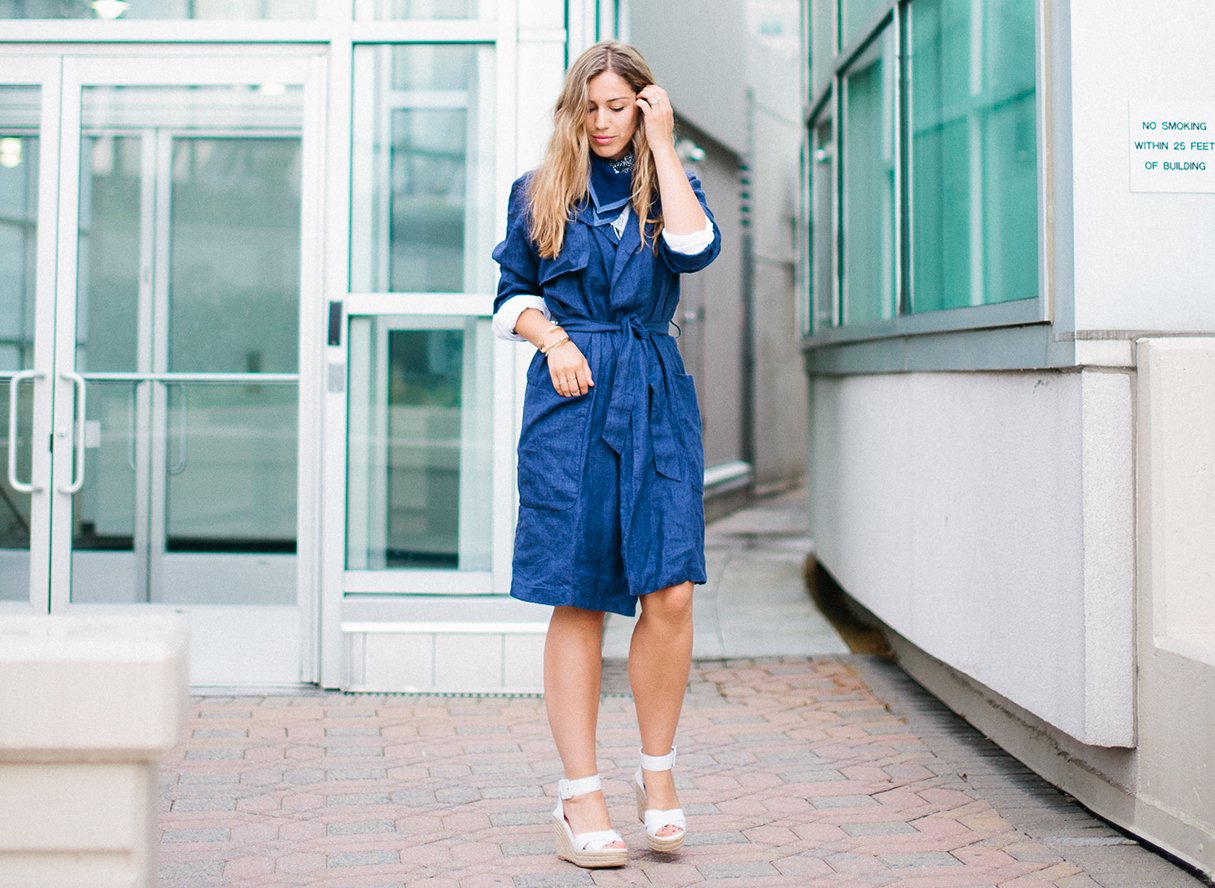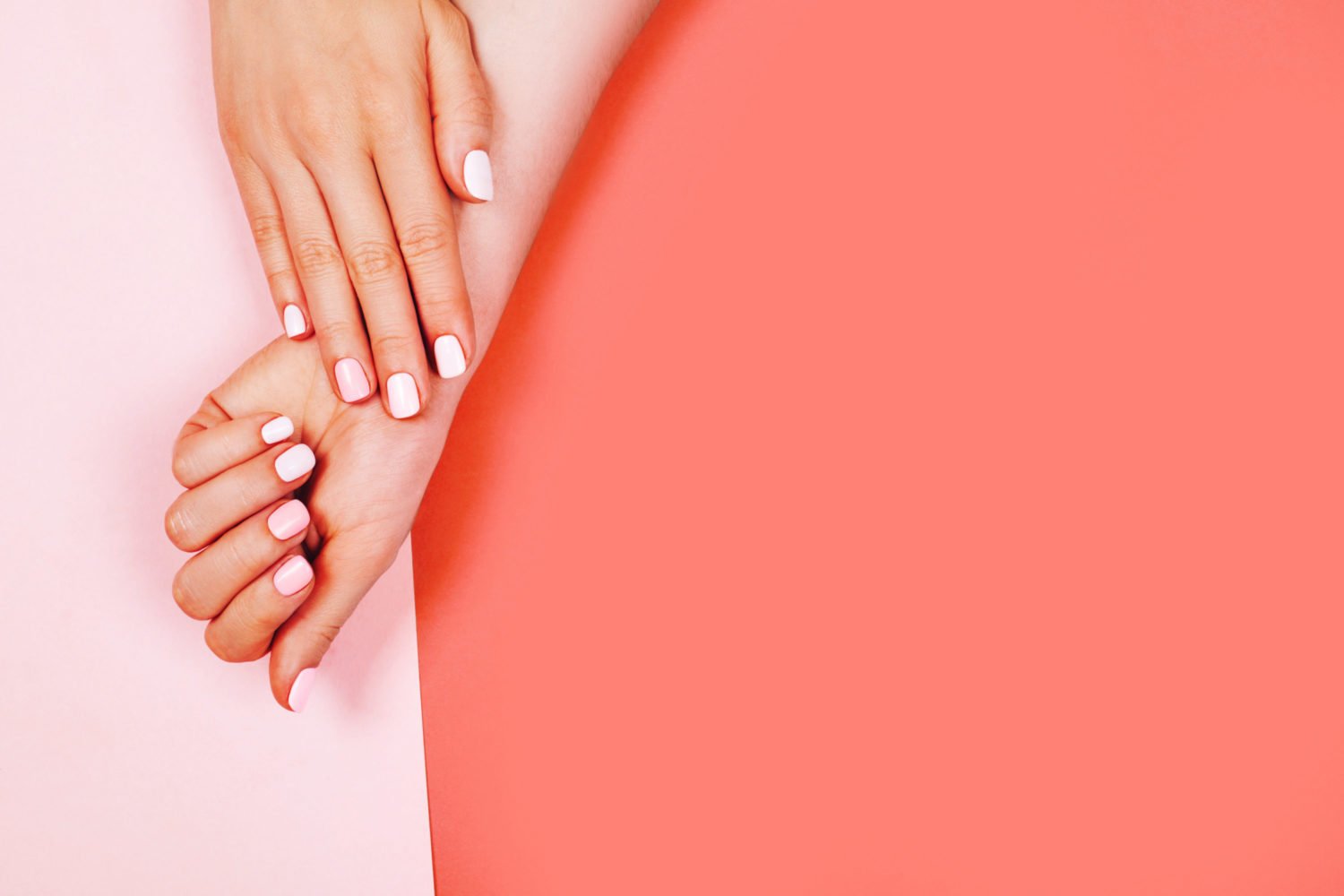The latest development in Botox—injecting the scalp with the paralysis-inducing toxin to prevent sweating and to prolong a salon blowout—sounds like the stuff of dermatologic urban legend, or at least a vaguely scary detail from some science-fiction novel about a beauty-obsessed future. “That’s not a thing,” say those who hear about it.
Oh, but it is a thing, and it’s headed this way, after catching on in dermatologists’ offices in midtown Manhattan this spring.
“I’ve had a few patients for this treatment,” says Elizabeth Tanzi, director of Capital Laser & Skin Care in Chevy Chase and a clinical professor of dermatology at George Washington University Medical Center. “It’s a slow-building trend to this market, however it is happening.”
Botox has long been used to treat excessive sweating, known as hyperhidrosis, most frequently in the armpits. If it could stop sweating under the arms, why not on the scalp? That apparently was the question put to Dendy Engelman, the New York dermatologist often credited with doing the first procedure—probably by a female patient tired of spending $50 or more on weekly blowouts that were ruined in one sweaty, 50-minute spin class.
“It’s certainly what we determine as an off-label usage for botulinum toxin,” says Michael Olding, head of plastic surgery at GW Medical Center. (Botox is used off-label for other conditions, including episodic migraines.) “It’s an interesting concept, but as with any new, unstudied use, you should be aware of any potential complications, whether unlikely or not.”
What does the process entail? Approximately 150 tiny injections of Botox are done to cover the scalp. The injections block communication between nerves and sweat glands, stopping production of perspiration. “It doesn’t take long to do the injections,” says Tanzi, who estimates that the whole-head procedure is over in about 15 minutes. The injections feel like a slight pinch—any minor bruising at the injection sites is covered by hair.
Olding says sweat from the scalp should remain absent for six months, while Tanzi says it can be gone for up to nine months. But because the process takes a hefty amount of Botox, the cost is steep. Tanzi and Olding both estimate $900 to $1,300 a treatment.
There are certain side effects to consider, Olding says. Sweating helps our bodies regulate temperature; without it, we’d overheat. If you block sweat from coming off the top of your head, it’s going to find a way out in another spot. “You’ll sweat elsewhere,” says Olding. “But the good news is since the part of your scalp with hair on it only makes up about 3 to 4 percent of your body’s total surface area, it will be a small amount of sweat. You probably won’t notice it all that much.”
He explains that our bodies are designed to accommodate increased temperatures anyway, so as long as a patient isn’t spending hours a day spinning off buckets of sweat, the lack of perspiration from the tops of our heads shouldn’t cause harm.
Another potential upside to Botox injections in the scalp is stimulation of hair growth. While, medically, results are inconclusive, some dermatologists say the shots can help promote activity at the follicle by relaxing muscles and increasing blood flow, possibly causing hair to grow.
Asked if he’d recommend the procedure, Olding says: “Within reason. It’s consumerism, and if there are consumers who want this and it’s safe, then why not?”
This article appears in our September 2015 issue of Washingtonian.


















